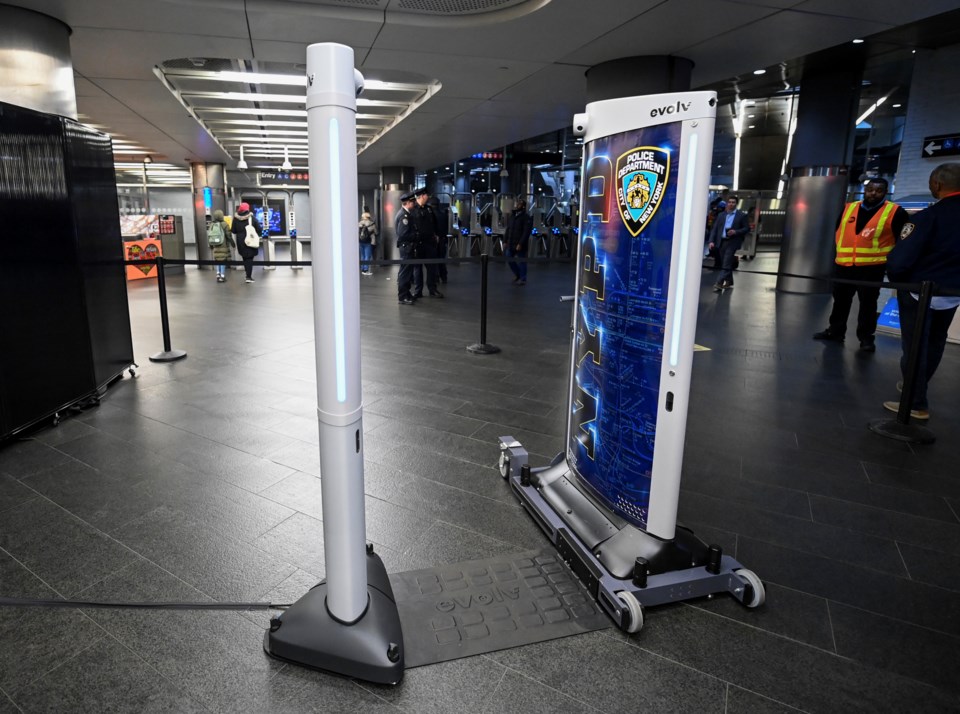City officials on Thursday said they will place weapon detector scanners in the subway system in an effort to squash violent behavior and make New Yorkers feel safer underground.
New York City Mayor Eric Adams and New York City Police Department Commissioner Edward A. Caban said a pilot program will be launched after a required 90-day waiting period is finished, according to a news release.
Additionally, Adams announced that the city will begin hiring clinicians to support the expansion of the Subway Co-Response Outreach Teams (SCOUT), a pilot program launched in partnership with the state and the Metropolitan Transportation Authority to connect people with untreated severe mental illness in the subways to mental health treatment and care.
“Keeping New Yorkers safe on the subway and maintaining confidence in the system is key to ensuring that New York remains the safest big city in America,” said Adams. “Today’s announcement is the next step in our ongoing efforts to keep dangerous weapons out of our transit system and to provide greater mental health services for New Yorkers in crisis.
The scanner that was unveiled during the press conference Thursday was made by a Evolv, a company that has been accused of doctoring the results of software testing to make its scanners appear more effective than they are.
The Legal Aid Society said the city's focus on using technology to reduce crime is unwarranted.
“Simply put, gun detection systems are flawed and frequently trigger false alarms, which induces panic and creates situations that could result in the loss of life," said Jerome Greco, Supervising Attorney of the Digital Forensics Unit at The Legal Aid Society. "This Administration’s headstrong reliance on technology as a panacea to further public safety is misguided, costly, and creates significant invasions of privacy."
That said, MTA Chair Janno Lieber said every resource must be used.
“Riders have to feel safe when riding the subways and that requires innovation — new weapons detection technology, but also increased deployments of police, tougher handling of repeat offenders by the criminal justice system, and expanded resources for mental health,” said Lieber.




